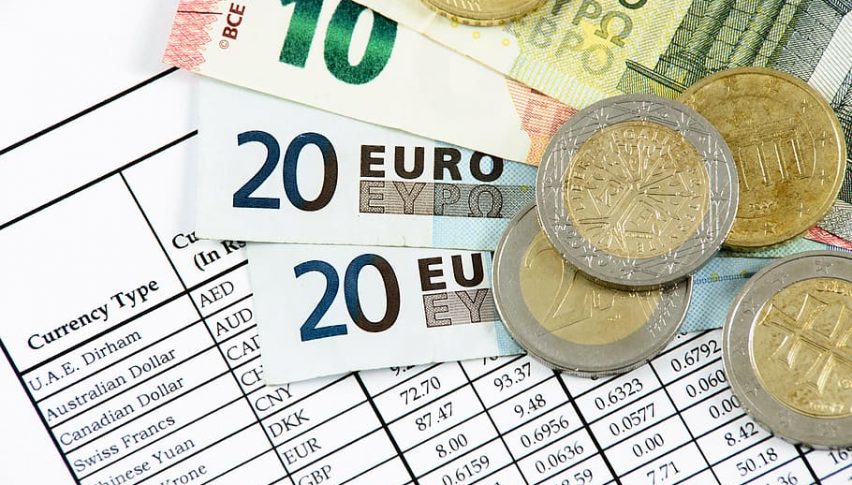On a global scale, the dollar is poised to close its most bullish week since September 2022.
The US dollar has strengthened by 1.6% against a basket of six currencies since last Friday’s close.

The global dollar is heading for its biggest weekly gain since 2022, after US inflation figures caused a stir in global markets.
The US dollar has strengthened by 1.6% against a basket of six currencies since last Friday’s close, marking its largest weekly return since September 2022, as traders reversed bets on an imminent interest rate cut by the Federal Reserve.
The euro and the British pound fell on Friday to their weakest levels against the dollar since November, at $1.064 and $1.245, respectively, while the yen sank to a 34-year low before rebounding to 153.13 yen per dollar.
The drop in the pound also contributed to a 0.9% rise in British stocks on Friday, as the FTSE 100, whose constituent companies derive most of their revenues in dollars, ended the day close to a record high.
The US is a special case, with very loose fiscal policy and now tight monetary policy, which is a recipe for a stronger dollar.
This week’s increase in US consumer price inflation – reaching 3.5% annually in March, above expectations – has led traders to increase bets that the Fed may only cut rates once this year.
This contrasts with expectations of up to six 25 basis point rate cuts that were considered in early January.
On Thursday, the European Central Bank (ECB) hinted that it remains on track to cut interest rates in June. Pressure on the euro increased due to growing expectations that eurozone rates would fall before those in the US.
By Friday afternoon, the common currency had depreciated by 1.8% for the week, marking its biggest weekly drop since September 2022.







